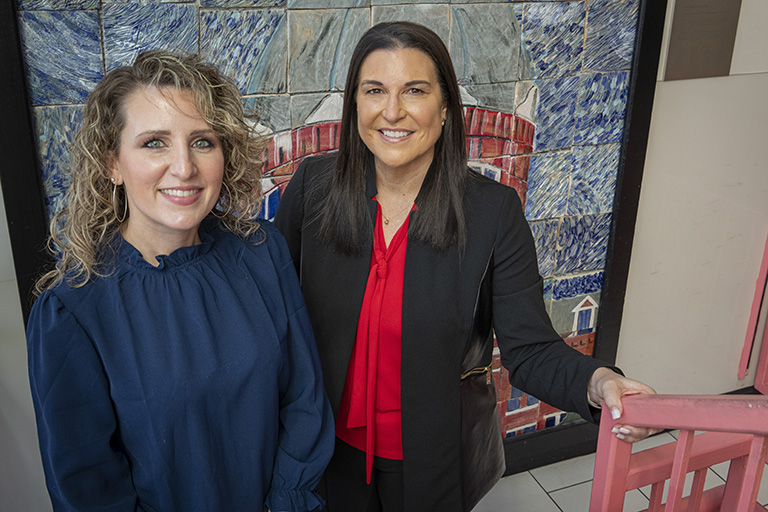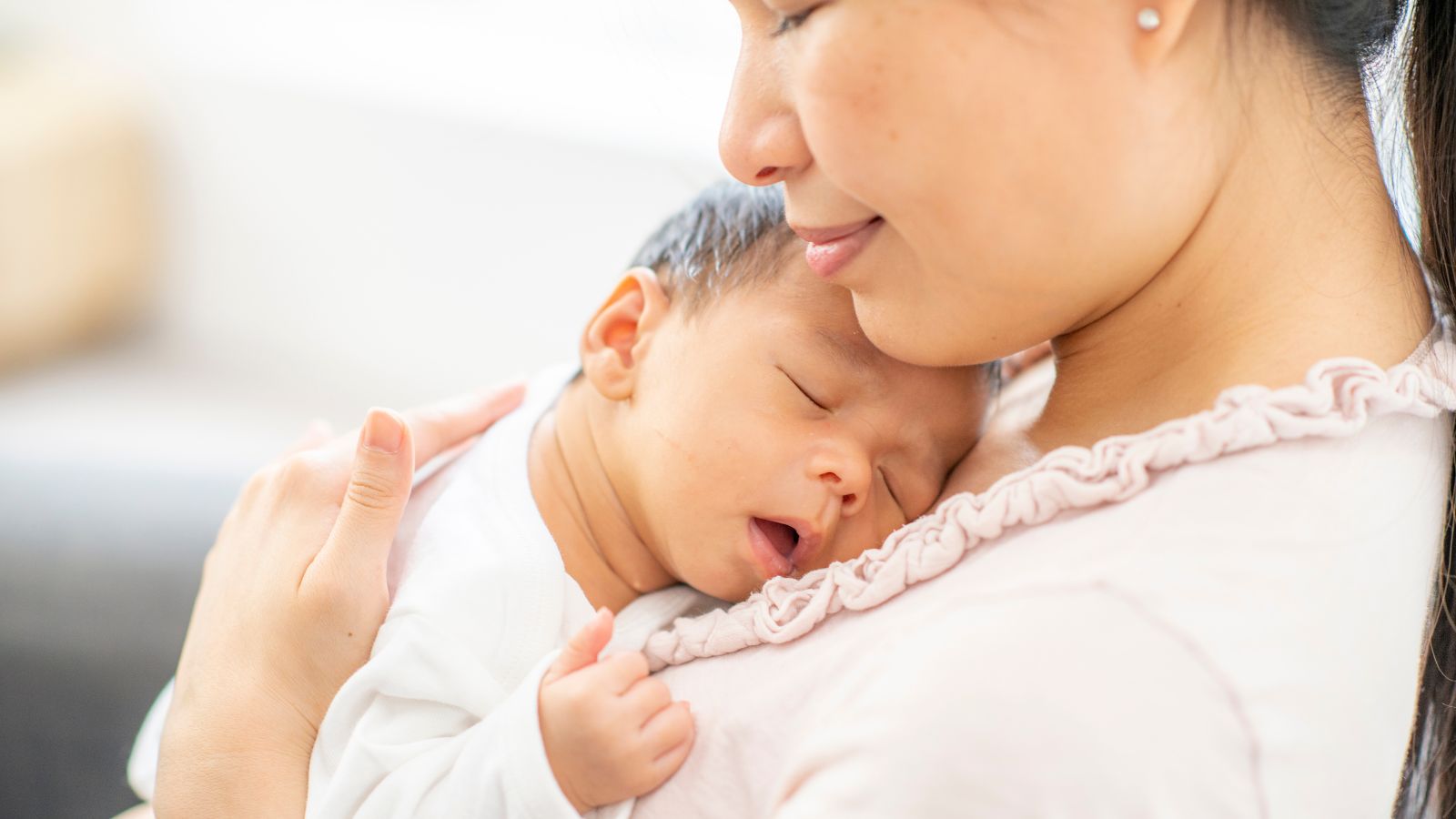By Emily Gaines-Buchler
Photo: Kelly Busin (left) and Kylee Gerohristodoulos
Managing diabetes in children involves the near-constant scrutiny of blood glucose levels, carbohydrates, insulin doses and exercise, often with the aid of complex and ever-evolving medical device technology. That’s why pediatric diabetes educators at the Johns Hopkins Children’s Center reached out to help school nurses across Maryland, “who have been drowning in cases of type 1 and type 2 diabetes, especially since returning to school after COVID-19,” says Kylee Gerohristodoulos, nurse manager for Johns Hopkins’ pediatric and specialty care clinics.
Both types of diabetes are on the rise among children worldwide, with medical researchers linking a recent spike to the coronavirus pandemic. Researchers attribute the uptick in type 2 diabetes to the sedentary lifestyle some kids experienced during the pandemic, when closed schools and canceled after-school programs limited opportunities for physical activity. “Emerging studies are showing that the lack of movement and exercise took a toll,” Gerohristodoulos says.
Initial studies indicate, too, that infection by the COVID-19 virus can sometimes lead to type 1 diabetes, an autoimmune disease triggered not by lifestyle factors (like type 2) but by an autoimmune reaction, typically during childhood or adolescence. Type 2 diabetes, on the other hand, arises more commonly in adulthood. But with the lull in activity that occurred during the pandemic, children and teens are now developing the condition at a higher-than-ever rate, creating a challenge for school nurses.
“Many school nurses never learned how to manage type 2 diabetes because it wasn’t a problem in children and teenagers, but that has changed,” says Kelly Busin, a pediatric diabetes educator in the Division of Pediatric Endocrinology and Diabetes at Johns Hopkins Children’s Center, who initiated the effort to help school nurses after fielding, on average, four to six phone calls a day from nurses in need of guidance.
Another challenge for school nurses, and a reason for many of the phone calls, is the wide range of treatment regimens followed by children with diabetes. For instance, some kids with type 2 diabetes can control their condition with diet and exercise alone. Others require oral or injected medications, or insulin shots and finger sticks (to measure blood sugar) multiple times a day. Those with type 1, however, either inject insulin or use medical devices like insulin pumps and continuous glucose monitors (CGMs), but “the pumps and CGMs can differ and change over time,” Busin says, requiring school nurses to stay updated on the myriad options and advancements available.
“We were hearing reports of kids with diabetes being turned away from school because the nurse didn’t have the training or capacity.”
“When schools shifted to online learning during the pandemic, some students with type 1 started using [newly released] hybrid closed-loop insulin pumps,” Busin explains. Closed-loop pumps utilize algorithms to make micro adjustments in insulin based on blood sugars transmitted by a continuous glucose monitor. After the virtual learning period ended, school nurses returned to their in-person positions to find students treating their diabetes in a new and unfamiliar manner. “Many school nurses hadn’t been trained on closed-loop systems, which aren’t easy to use.”
In addition to the nurse phone calls, “we were hearing reports of kids with diabetes being turned away from school because the nurse didn’t have the training or capacity,” Busin shares. “Parents also reached out with concerns about school nurses who didn’t understand the basics of diabetes.”
All of this prompted Busin to work with her colleagues to take action. They started by reaching out to the Maryland State Department of Education (MSDE) to explain, through a persuasive, data-rich PowerPoint presentation, why school nurses need more diabetes-related training and support. The MSDE agreed to allow them to do a pilot presentation at a virtual meeting for school nurses across Maryland.
After receiving positive feedback on the pilot, the MSDE established a way for Busin and her colleagues to work with individual counties to provide workshops and create resources for nurses to keep on hand. “Our goal is to deliver a bedside resource book for school nurses,” with easy-to-access information about everything from how to use various glucagon kits to treat severe hypoglycemia, to how to troubleshoot popular insulin pumps, Busin explains.
“At this point, none of the diabetes training for school nurses is mandatory in Maryland,” Busin says. “Our shooting-for-the-stars aspiration is to ultimately help the state standardize diabetes education, while making it ongoing, for school nurses.
“But there’s a lot of work to do.”

 Forging Policy: How Can Doulas Improve Black Maternal Health?
Forging Policy: How Can Doulas Improve Black Maternal Health? Forging Policy: Associate Dean Jermaine Monk and Education After Affirmative Action
Forging Policy: Associate Dean Jermaine Monk and Education After Affirmative Action Most People Want to Breastfeed, But Need More Support To Do So
Most People Want to Breastfeed, But Need More Support To Do So Awards for Diversity
Awards for Diversity From the Dean: Here & Now
From the Dean: Here & Now






